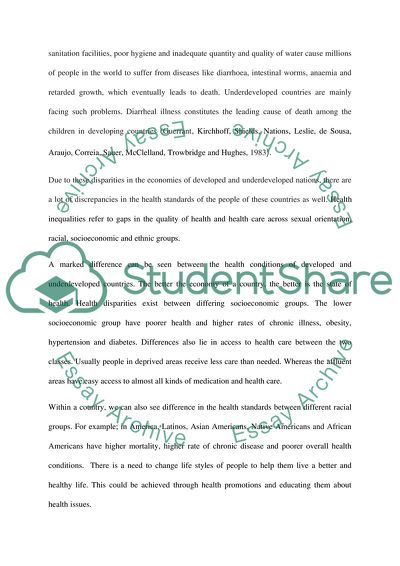Cite this document
(The Impact of Health Inequalities on Health Education Article, n.d.)
The Impact of Health Inequalities on Health Education Article. https://studentshare.org/health-sciences-medicine/1748855-the-impact-of-health-inequalities-on-health-education-and-health-promotion
The Impact of Health Inequalities on Health Education Article. https://studentshare.org/health-sciences-medicine/1748855-the-impact-of-health-inequalities-on-health-education-and-health-promotion
(The Impact of Health Inequalities on Health Education Article)
The Impact of Health Inequalities on Health Education Article. https://studentshare.org/health-sciences-medicine/1748855-the-impact-of-health-inequalities-on-health-education-and-health-promotion.
The Impact of Health Inequalities on Health Education Article. https://studentshare.org/health-sciences-medicine/1748855-the-impact-of-health-inequalities-on-health-education-and-health-promotion.
“The Impact of Health Inequalities on Health Education Article”. https://studentshare.org/health-sciences-medicine/1748855-the-impact-of-health-inequalities-on-health-education-and-health-promotion.


